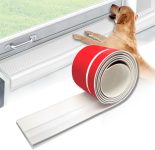
Best Dog Cat Scratching Windows Sill Review window sill – Oemiu
Dog Cat Scratching Windows Sill Review
The humble window sill. Often overlooked, yet consistently subjected to the scrutiny, claws, and sheer determination of our feline and canine companions. A prime vantage point for surveying the neighborhood, a sunbathing haven, and, unfortunately, a scratching post alternative for some. This article delves into the world of window sills, specifically analyzing their durability against pet damage, exploring preventative measures, and reviewing suitable materials for homes with furry friends. We will explore solutions to repair scratched or damaged interior window sill, and how to safeguard them against future pet antics.
Understanding the Canine and Feline Fascination with Window Sills
Why do dogs and cats gravitate towards window sills like magnets? It’s a complex mix of instinct, entertainment, and comfort. For cats, the window sill provides an elevated perch, a safe and commanding position ingrained in their predatory nature. It allows them to observe their surroundings, track birds, squirrels, and other potential prey, even if they’re safely indoors. The sunlight streaming through the window offers a warm and inviting spot for napping, making the sill a coveted real estate within the home. The act of scratching is also instinctive for cats; it helps them to sharpen their claws, stretch their muscles, and mark their territory. Sometimes, the window sill, especially if it’s made of wood, becomes a convenient substitute for a scratching post. For dogs, the window sill offers a similar observational advantage. Many breeds, especially herding and guarding breeds, have a strong instinct to monitor their territory. They may bark at passersby, other animals, or even just leaves blowing in the wind. The window sill allows them to fulfill this innate drive, though it can sometimes lead to excessive barking. The sill can also offer a source of stimulation for bored dogs, providing a visual connection to the outside world. Both cats and dogs may also seek attention by interacting with the window sill, especially if they know it elicits a reaction from their owners, whether positive or negative. Therefore, understanding the reasons behind this behavior is crucial when devising strategies to protect your window sills and redirect your pets’ attention.
Assessing Common Window Sill Materials and Their Vulnerabilities
The material of your window sill plays a significant role in its susceptibility to pet damage. Different materials offer varying degrees of resistance to scratches, stains, and general wear and tear. Wood, a classic choice, is aesthetically pleasing but also relatively soft and easily scratched by claws. Painted wood sills are particularly vulnerable, as the paint can chip and peel with even minimal scratching. Composite materials, such as MDF (Medium-Density Fiberboard), offer a slightly harder surface but are still susceptible to damage, especially if exposed to moisture from spills or pet accidents. Stone materials, such as granite or marble, are the most durable and scratch-resistant options. However, they are also significantly more expensive and can be cold and less inviting for pets to lounge on. Vinyl window sills are relatively durable and easy to clean but can still be scratched by persistent pets. The color of the sill also impacts its visibility. Dark-colored sills will show scratches and damage more easily than lighter-colored ones. Therefore, when choosing or replacing a window sill, carefully consider the material and its resistance to pet damage, balancing aesthetics with practicality. Furthermore, consider the ease of repair and maintenance. Scratched wood can be sanded and refinished, while damaged vinyl may require replacement. Understanding the vulnerabilities of your existing or prospective window sill material is the first step in protecting it from the inevitable wear and tear of pet ownership.
| Material | Scratch Resistance | Moisture Resistance | Maintenance | Cost |
|---|---|---|---|---|
| Wood | Low | Low (if not properly sealed) | Sanding, painting, sealing | Moderate |
| MDF | Moderate | Low | Painting, sealing | Low |
| Stone (Granite/Marble) | High | High | Sealing (occasionally) | High |
| Vinyl | Moderate | High | Easy cleaning | Moderate |
Preventative Measures: Protecting Your Window Sills from Pet Damage
Prevention is always better than cure, and this holds true when it comes to protecting your window sills from the destructive tendencies of your beloved pets. Implementing a multi-pronged approach that addresses the root causes of the behavior and physically protects the sill is the most effective strategy. First, address the underlying reasons for your pet’s fascination with the window sill. If boredom is the culprit, provide alternative sources of entertainment, such as puzzle toys, interactive games, and plenty of exercise. For cats, ensure they have access to suitable scratching posts in prominent locations throughout the house. Consider placing a scratching post near the window sill to redirect their scratching behavior. Cat trees or perches positioned near windows can also provide an alternative vantage point, satisfying their need to observe their surroundings. If your dog is barking excessively at things outside the window, consider using window film to obscure their view or training them to stay away from the window when triggered. Positive reinforcement training can be highly effective in redirecting unwanted behaviors. Physically protecting the window sill is also crucial. Consider covering the sill with a protective material, such as a clear acrylic sheet or a durable fabric. These materials can be easily cleaned and will protect the sill from scratches and stains. Another option is to install a window sill protector specifically designed for pets. These protectors are typically made of durable plastic or metal and can be easily attached to the sill. Regularly cleaning the window sill is also important, as accumulated dirt and dust can encourage scratching. Using a pet-friendly cleaning solution will also help to deter them from licking or chewing on the sill. By combining behavioral modification with physical protection, you can significantly reduce the risk of damage to your window sills and maintain a harmonious environment for both you and your pets. One last consideration: avoid leaving tempting items on the interior window sill, such as plants or small toys, that might encourage your pet to jump up or interact with the area.
Choosing the Right Window Sill Protectors and Coverings
Selecting the appropriate window sill protector or covering depends on several factors, including the material of your window sill, the severity of your pet’s scratching behavior, and your aesthetic preferences. For wooden sills, clear acrylic sheets offer excellent protection while allowing the natural beauty of the wood to shine through. These sheets can be easily cut to size and attached to the sill with adhesive strips. They are also easy to clean and maintain. Fabric coverings are another option, providing a soft and comfortable surface for your pet to lounge on while protecting the sill from scratches. Choose a durable, stain-resistant fabric that can be easily washed. You can also use a fitted cover that is specifically designed for window sills. These covers typically have elastic edges to ensure a snug fit and prevent your pet from pulling them off. For vinyl sills, consider using self-adhesive vinyl protectors. These protectors are available in a variety of colors and patterns and can be easily applied to the sill. They are also waterproof and easy to clean. Metal window sill protectors are the most durable option, providing maximum protection against even the most persistent scratchers. These protectors are typically made of aluminum or stainless steel and can be custom-made to fit your window sill. They are also easy to clean and maintain. When choosing a window sill protector, consider its durability, ease of installation, ease of cleaning, and aesthetic appeal. Also, think about the potential for your pet to chew on the protector. Avoid using protectors made of materials that could be harmful if ingested. Ultimately, the best window sill protector is the one that effectively protects your sill while blending seamlessly with your home decor.
Repairing Existing Damage: Restoring Scratched and Damaged Window Sills
Despite your best efforts, your window sills may still fall victim to the occasional scratch or stain. Fortunately, most minor damage can be repaired with a little elbow grease and the right tools. The repair process will vary depending on the material of your window sill. For wooden sills, start by sanding the affected area with fine-grit sandpaper to remove any loose paint or splinters. Fill any deep scratches or gouges with wood filler, allowing it to dry completely before sanding it smooth. Once the surface is smooth, prime the repaired area and apply a fresh coat of paint or stain to match the existing finish. For vinyl sills, minor scratches can often be buffed out with a scratch repair kit specifically designed for vinyl. Deeper scratches may require filling with a vinyl repair compound. Follow the manufacturer’s instructions carefully to ensure a seamless repair. Stone sills are the most durable and require the least amount of repair. Minor scratches can often be removed with a stone polishing compound. Deeper scratches may require professional repair. For stained window sills, start by cleaning the area with a pet-friendly cleaner. If the stain persists, try using a stain remover specifically designed for the type of stain you are dealing with. In some cases, you may need to sand the stained area and refinish the entire sill to achieve a uniform look. When repairing a window sill, always wear appropriate safety gear, such as gloves and a mask. Also, ensure that the repair area is well-ventilated. By taking the time to repair damaged window sills, you can restore their beauty and protect them from further damage. Regularly inspecting your window sills for signs of wear and tear will allow you to address any issues before they become more serious. Replacing the entire interior window sill is only warranted if the damage is extensive or beyond repair.
Long-Term Maintenance: Keeping Your Window Sills Protected
Once you’ve protected or repaired your window sills, establishing a long-term maintenance routine is crucial to ensure their continued well-being. Regular cleaning is paramount. Wipe down your window sills at least once a week with a pet-friendly cleaning solution to remove dirt, dust, and pet dander. This will not only keep them looking their best but also deter your pets from scratching or chewing on them. Inspect your window sills regularly for signs of damage, such as scratches, stains, or cracks. Addressing these issues promptly will prevent them from escalating into more significant problems. If you’ve used a protective covering, check it periodically for wear and tear. Replace it as needed to ensure continued protection. Consider applying a sealant to your wooden or stone window sills to protect them from moisture and stains. Reapply the sealant every year or two, or as recommended by the manufacturer. If your pet continues to scratch or chew on the window sill despite your best efforts, consult with a veterinarian or a professional dog or cat trainer. They can help you identify the underlying cause of the behavior and develop a tailored solution. Remember that consistency is key. Maintaining a regular cleaning and maintenance routine will help to keep your window sills looking their best for years to come. Think of your window sills as an investment, protecting them in the long-run saves money on repairs or replacements.
FAQ
What are the best materials for window sills in homes with cats and dogs?
Choosing the right material for your window sill is crucial when you have pets. Stone materials like granite or marble are highly resistant to scratches and moisture, making them ideal for homes with active cats and dogs. However, they can be expensive and less comfortable for pets to lounge on. Vinyl is a more affordable option that’s also relatively durable and easy to clean. While it can still be scratched, it’s generally more resistant than wood. Wood can be aesthetically pleasing, but it’s also the most vulnerable to scratches and stains. If you opt for wood, consider a hardwood and apply a durable sealant to protect it from moisture and damage. Ultimately, the best material depends on your budget, aesthetic preferences, and the level of activity of your pets. Consider combining materials – for example, using a stone sill with a cushioned mat on top for your pet’s comfort.
How can I stop my cat from scratching the window sill?
Stopping a cat from scratching the window sill requires a multifaceted approach. First, ensure your cat has plenty of appropriate scratching posts throughout the house, ideally made of different materials like sisal, cardboard, or wood. Place a scratching post near the window sill to redirect their scratching behavior. You can also use deterrents like double-sided tape or pet-safe sprays to discourage scratching. Make the window sill less appealing by covering it with a protective material or using furniture placement to restrict access. Provide alternative elevated perches, such as cat trees or window hammocks, to satisfy their need to observe their surroundings. Finally, consider consulting with a veterinarian or a professional cat behaviorist if the scratching persists, as it may be a sign of underlying anxiety or stress.
What are some effective window sill protectors for pets?
There are several effective window sill protectors available, each with its own pros and cons. Clear acrylic sheets offer excellent protection while allowing the natural beauty of the sill to show through. Fabric coverings are a comfortable option that also protects against scratches and stains. Self-adhesive vinyl protectors are easy to apply and come in a variety of colors and patterns. Metal window sill protectors are the most durable option, providing maximum protection against even the most persistent scratchers. The best protector depends on the material of your window sill, the severity of your pet’s scratching behavior, and your aesthetic preferences. Be sure to choose a protector that is durable, easy to clean, and safe for your pet to be around.
How do I repair a scratched wooden window sill?
Repairing a scratched wooden window sill is a relatively straightforward process. Start by cleaning the area with a damp cloth to remove any dirt or debris. Sand the affected area with fine-grit sandpaper to smooth out the scratches. Fill any deep scratches or gouges with wood filler, allowing it to dry completely before sanding it smooth again. Prime the repaired area and apply a fresh coat of paint or stain to match the existing finish. For minor scratches, you may be able to use a wood polish or wax to buff them out. If the damage is extensive, you may need to sand down the entire sill and refinish it completely. Remember to wear appropriate safety gear, such as gloves and a mask, and ensure that the repair area is well-ventilated.
Are there any pet-friendly cleaning solutions I can use on my window sills?
Yes, there are many pet-friendly cleaning solutions that are safe to use on your window sills. Look for products that are specifically labeled as “pet-safe” or “non-toxic.” Natural cleaning solutions, such as vinegar and water or baking soda and water, are also good options. Avoid using cleaning solutions that contain harsh chemicals, such as bleach or ammonia, as these can be harmful to pets. When using any cleaning solution, always test it on a small, inconspicuous area first to ensure that it doesn’t damage the surface. Rinse the window sill thoroughly with clean water after cleaning and dry it with a soft cloth. Regularly cleaning your window sills with a pet-friendly cleaning solution will help to keep them looking their best and protect your pets from harmful chemicals.
How can I deter my dog from barking at the window?
Deterring a dog from barking at the window requires understanding the underlying cause of the behavior. If your dog is barking due to territoriality or excitement, consider using window film to obscure their view or training them to stay away from the window when triggered. Positive reinforcement training can be highly effective. Teach your dog a “quiet” command and reward them when they stop barking. Provide alternative activities to keep them occupied, such as puzzle toys or chew toys. Ensure your dog gets plenty of exercise and mental stimulation to reduce boredom and anxiety. In some cases, consulting with a professional dog trainer or behaviorist may be necessary to address the barking behavior effectively. Consistency is key – be patient and persistent with your training efforts.
What are some alternative vantage points for my pets to enjoy the view besides the window sill?
Providing alternative vantage points for your pets can help redirect their attention away from the window sill and reduce the risk of damage. Cat trees or perches positioned near windows offer an elevated view and satisfy their need to observe their surroundings. Window hammocks attach directly to the window and provide a comfortable spot for cats to lounge and enjoy the sunshine. For dogs, consider placing a comfortable dog bed near a window with a good view. You can also create a designated “observation station” with a small table or shelf near a window. Ensure that these alternative vantage points are safe and secure, and that your pets have easy access to them. By providing attractive alternatives, you can help redirect their attention away from the window sill and protect your home from damage.
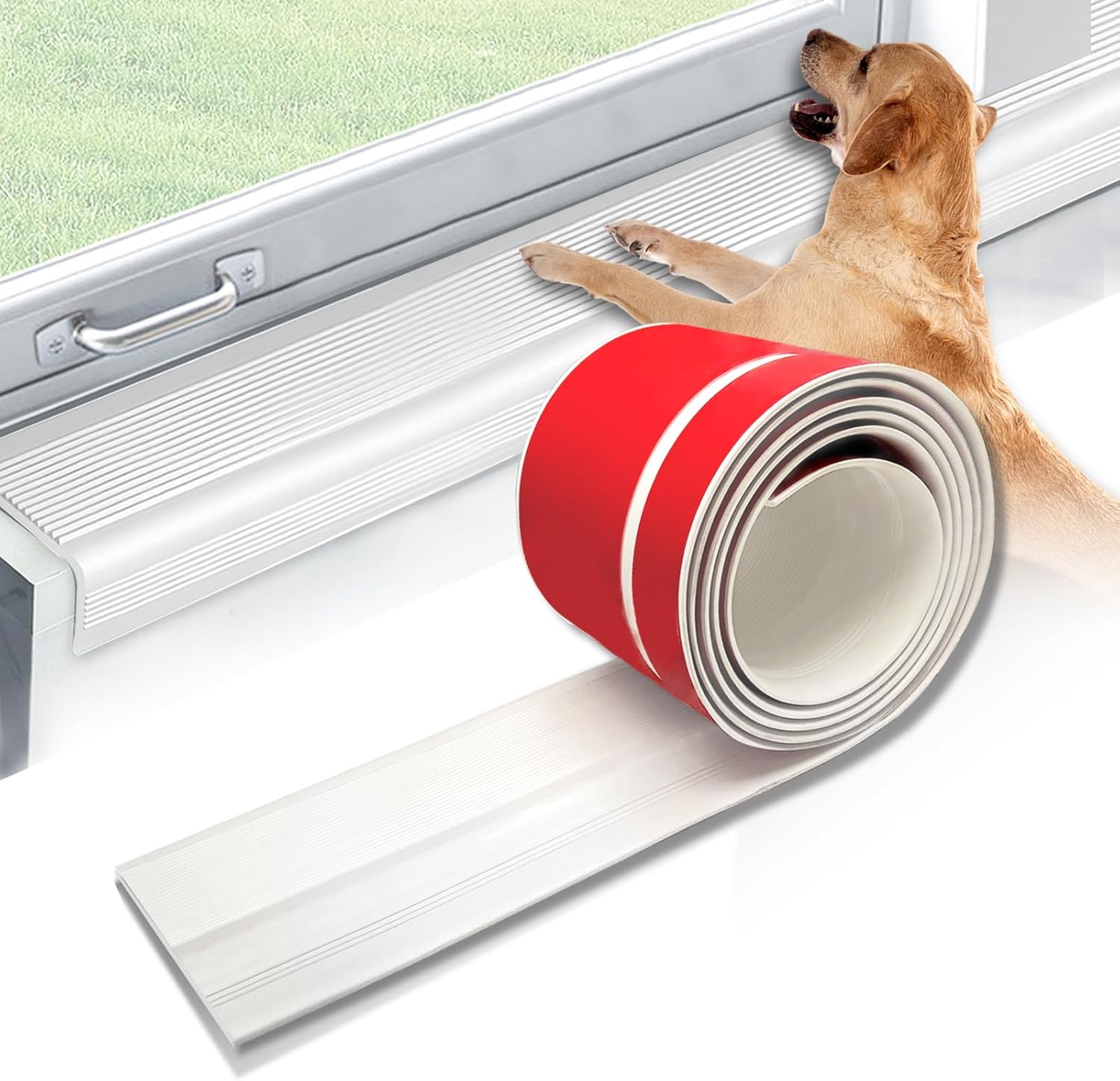
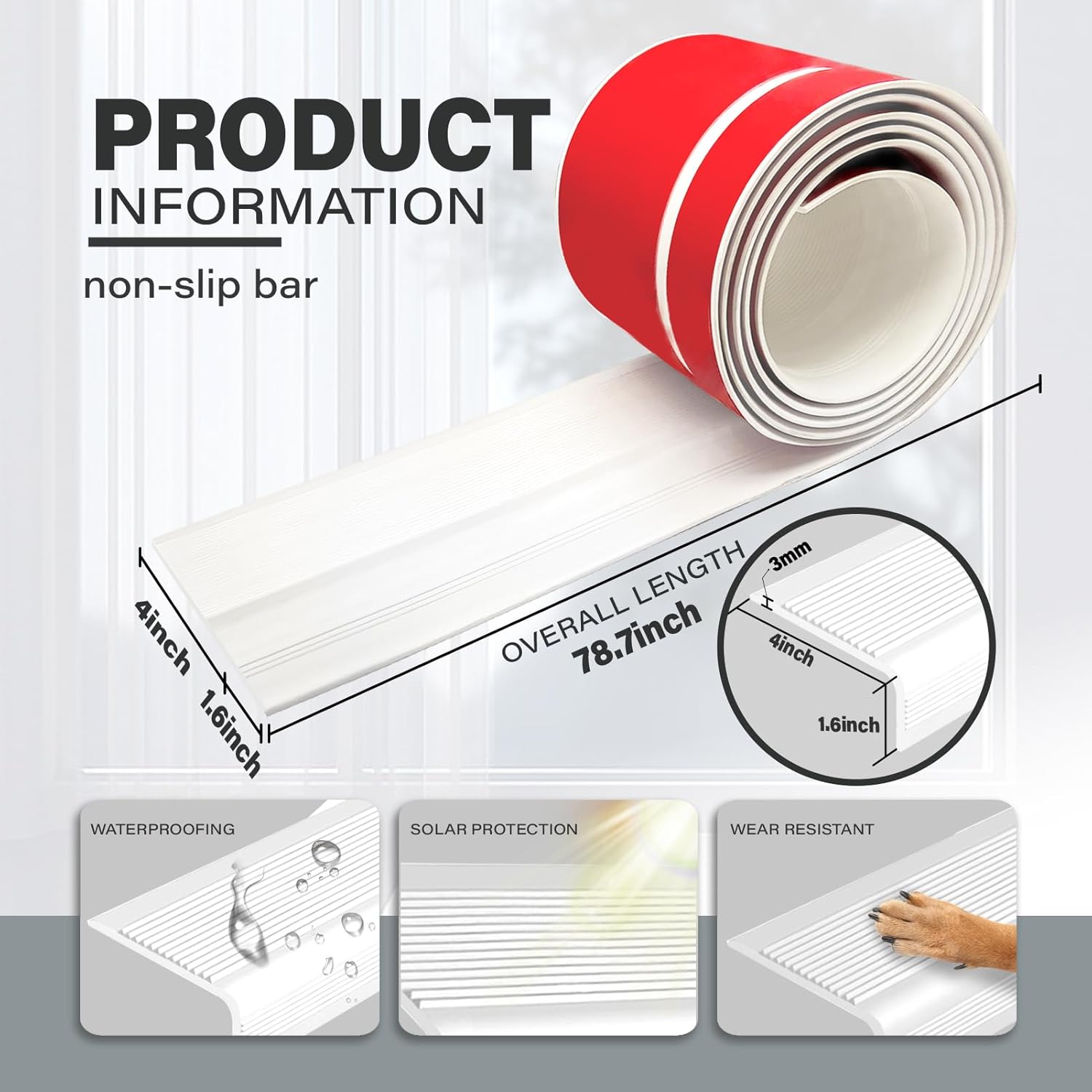
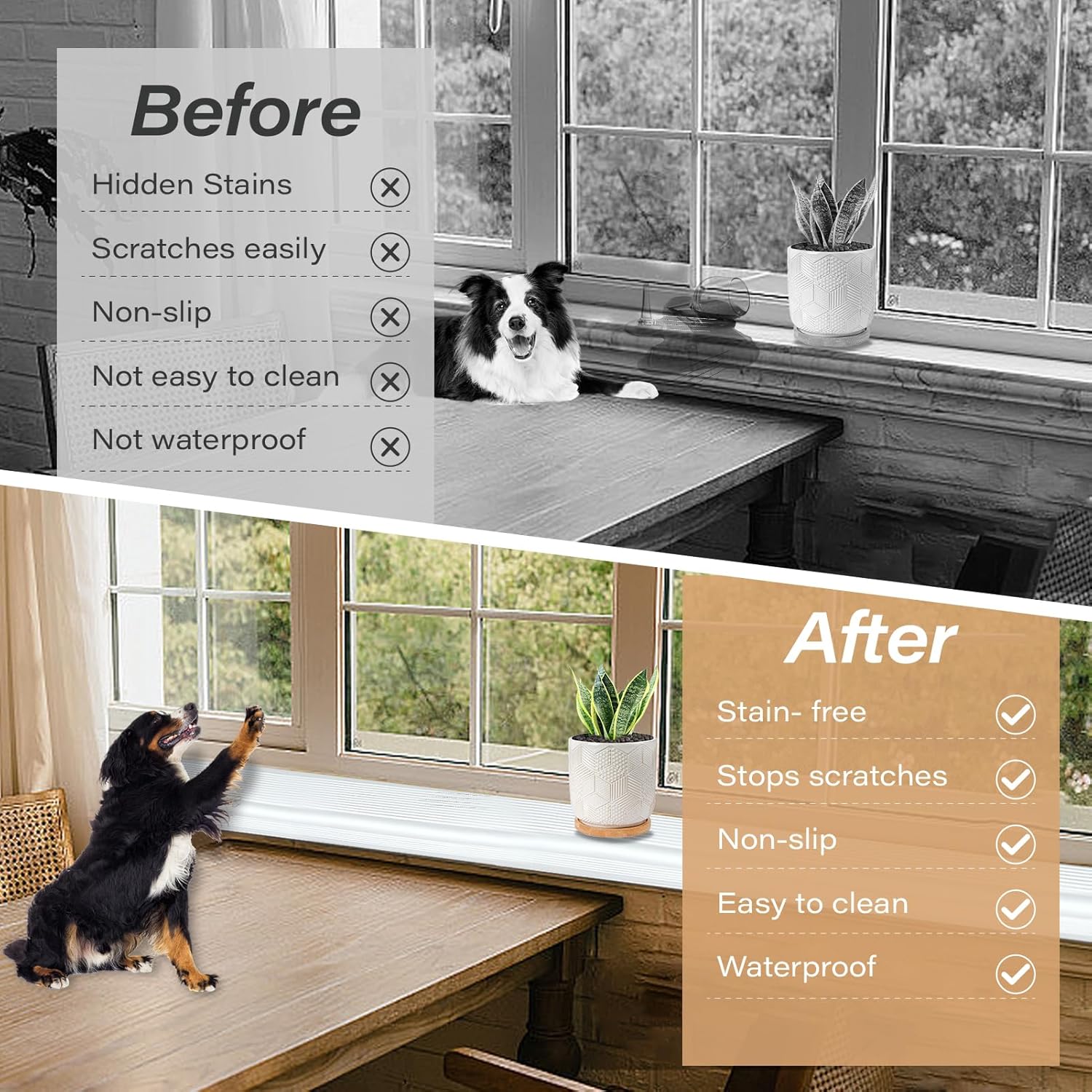
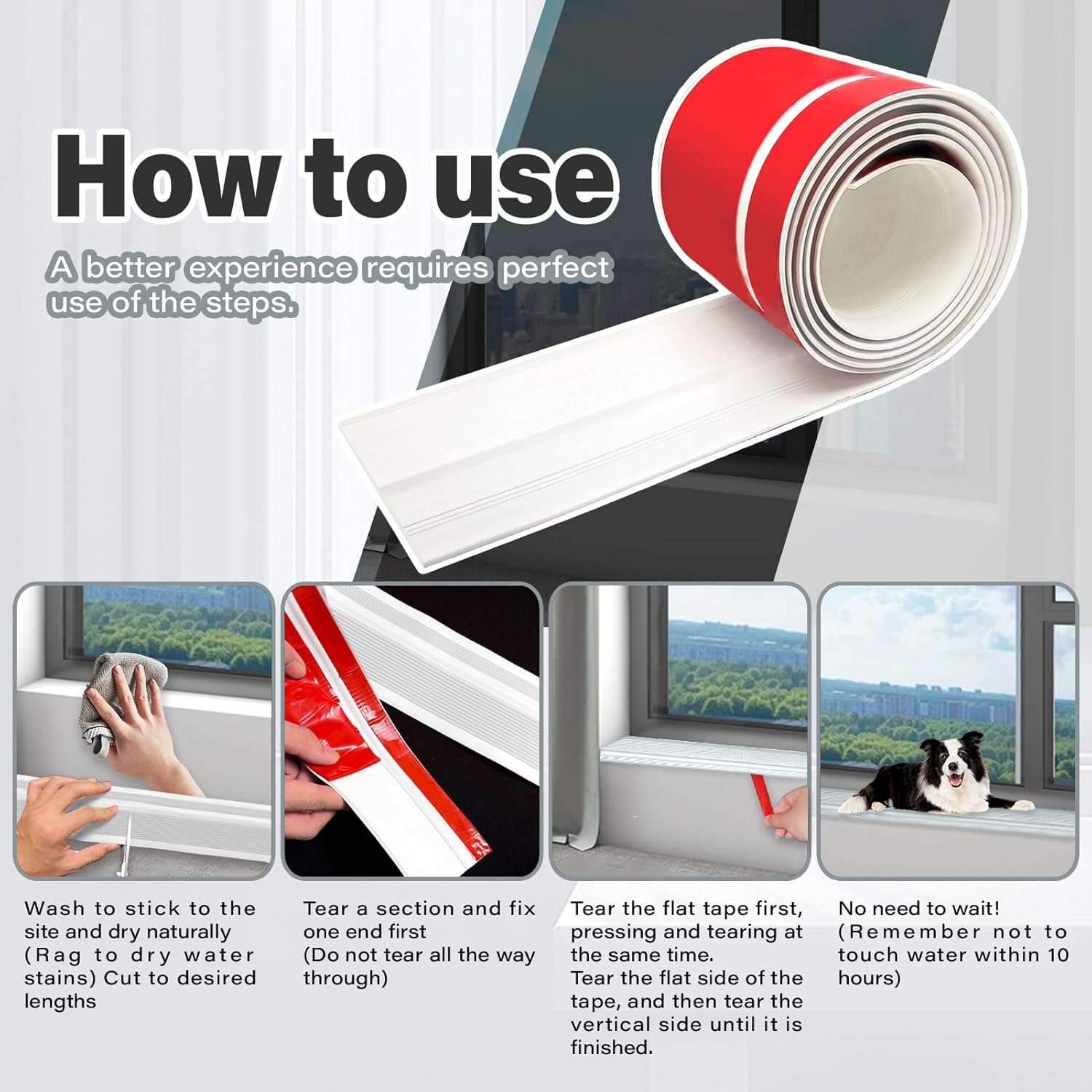

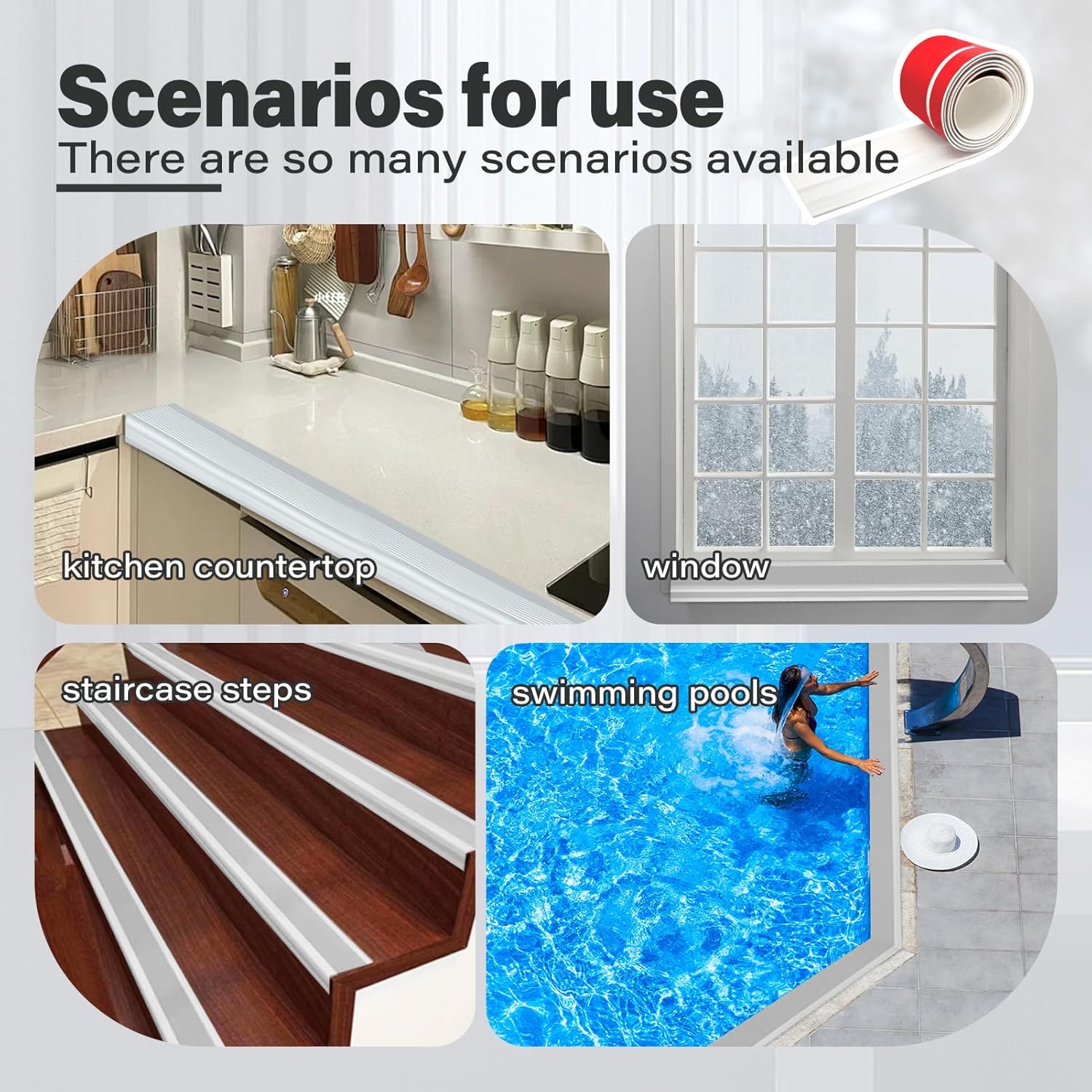
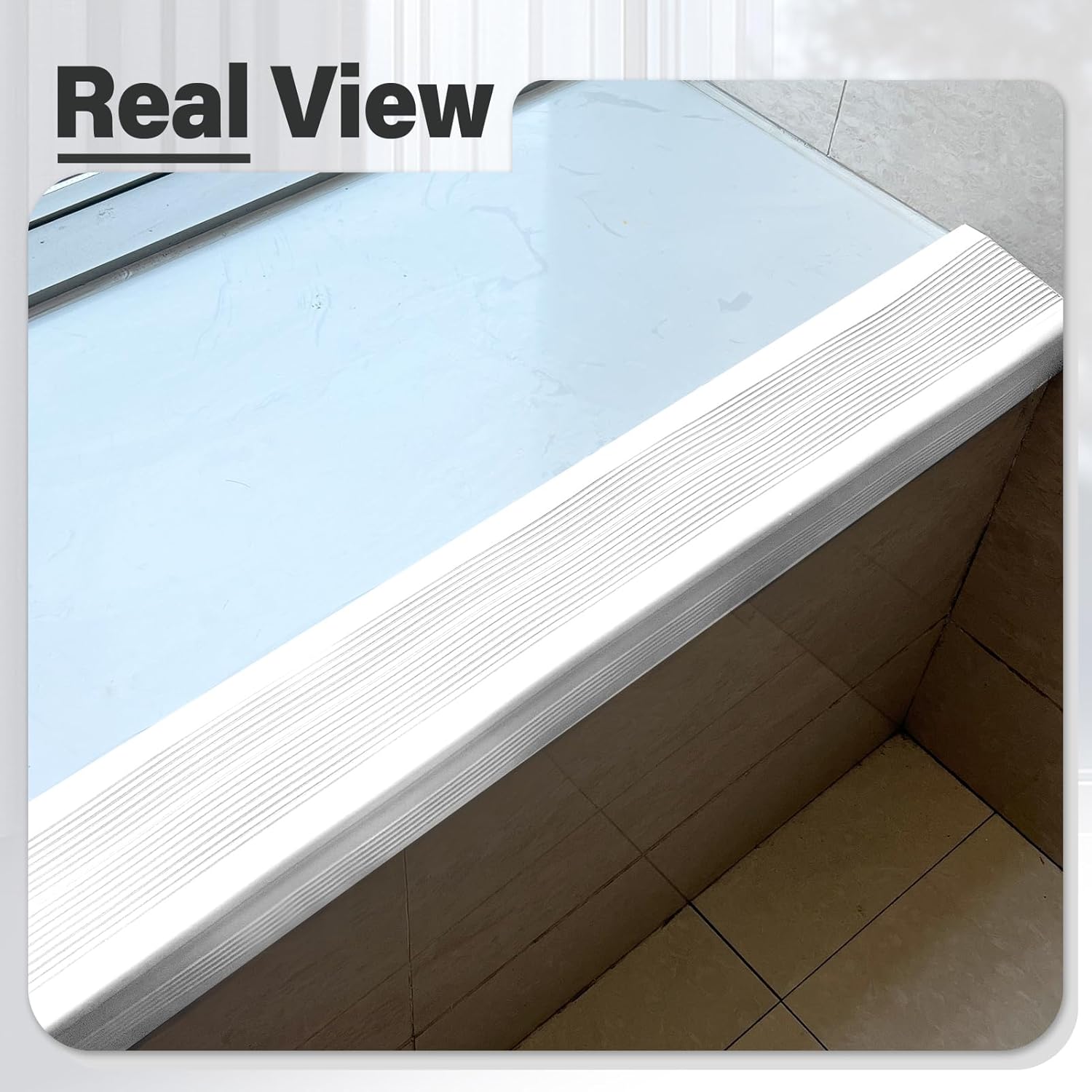
Price: $24.99 - $19.99
(as of Sep 07, 2025 05:54:45 UTC – Details)




